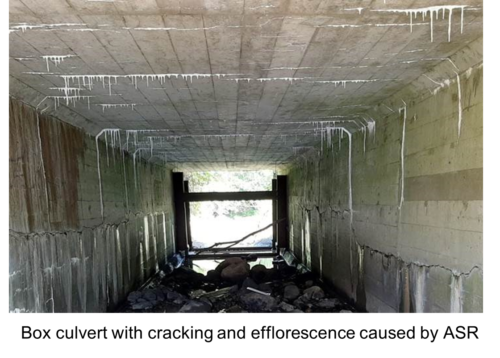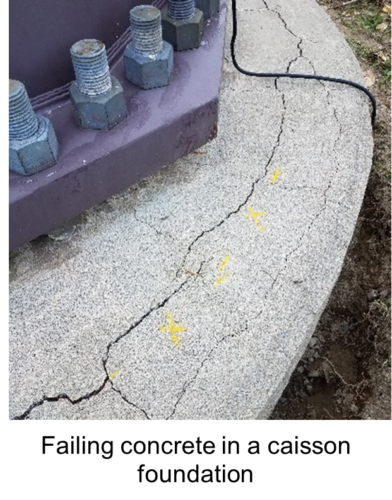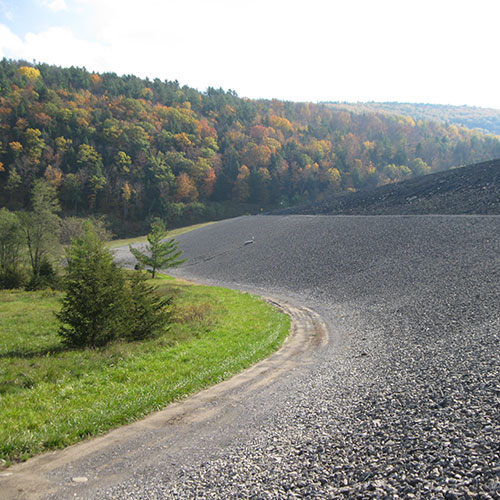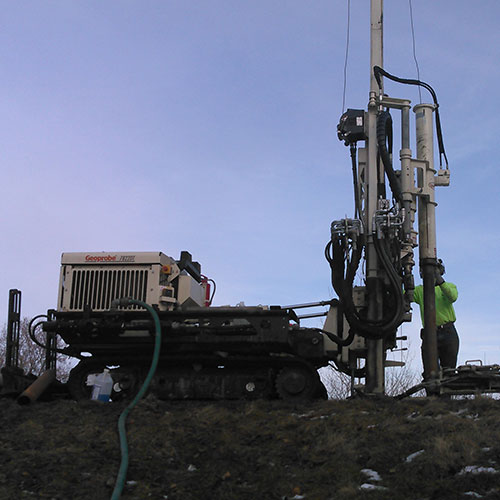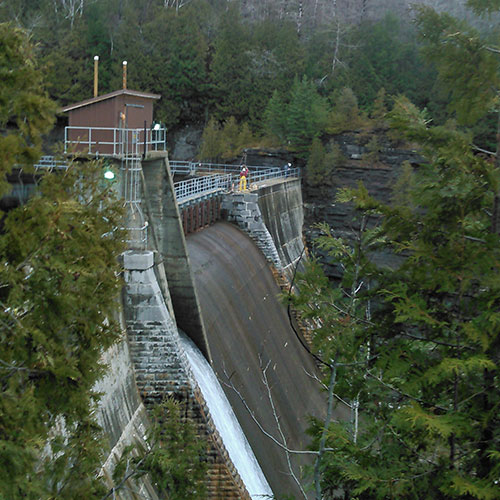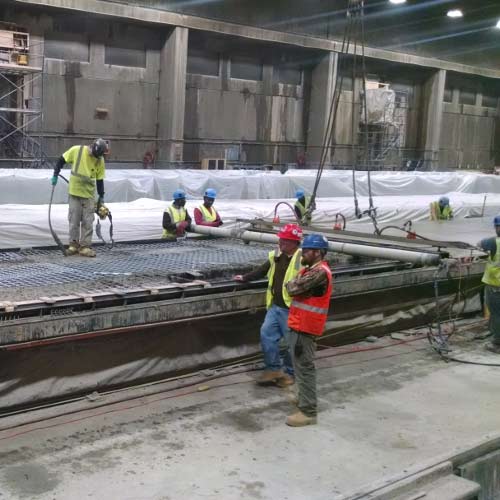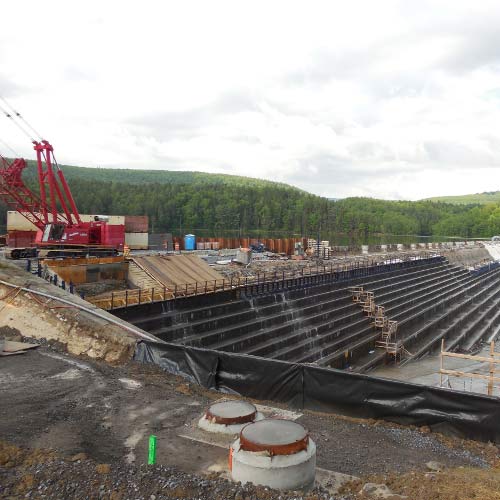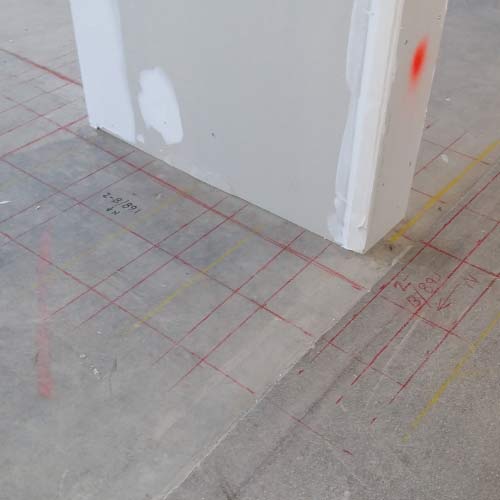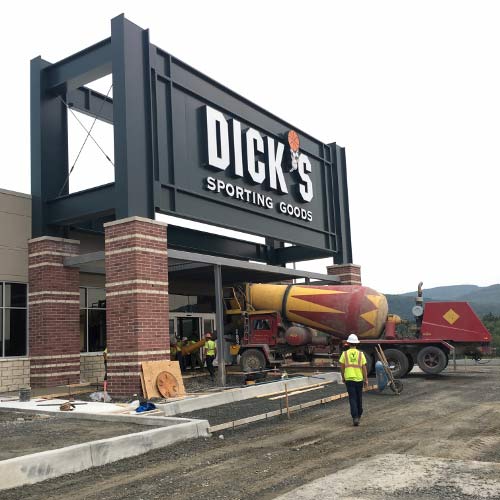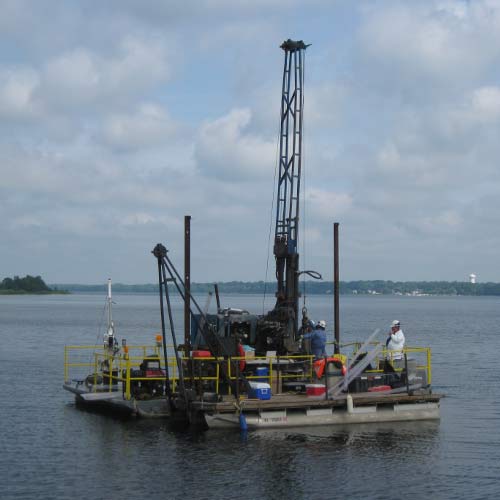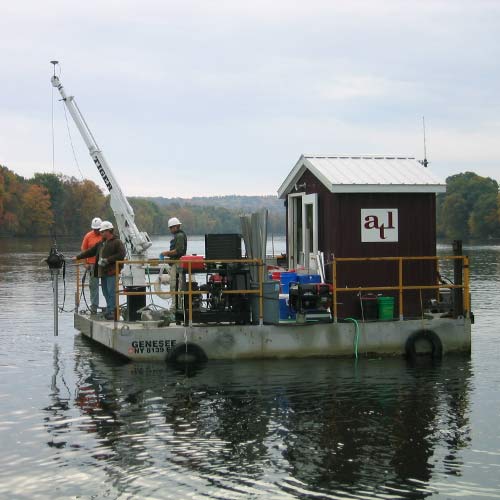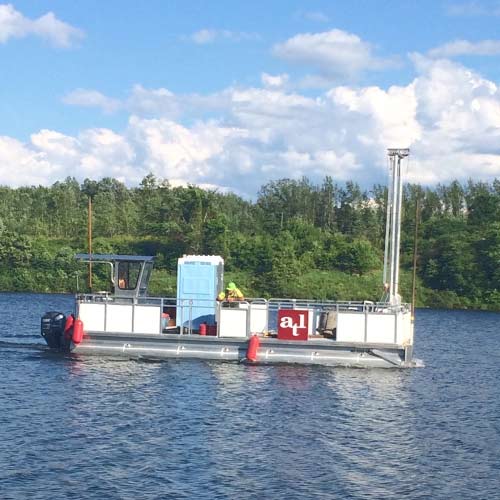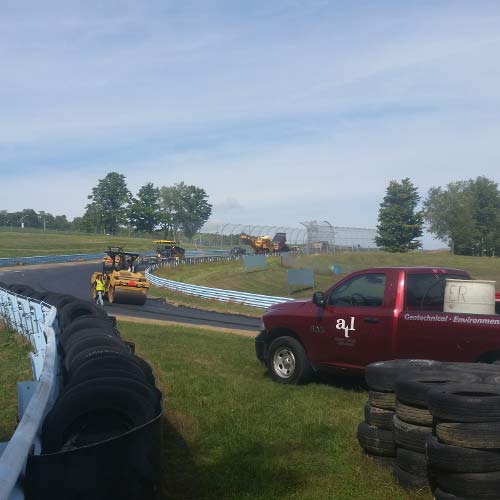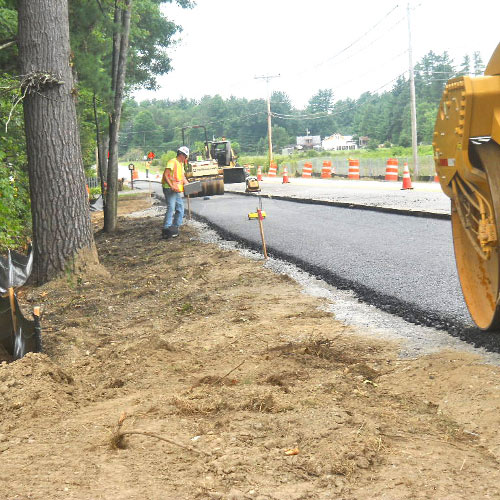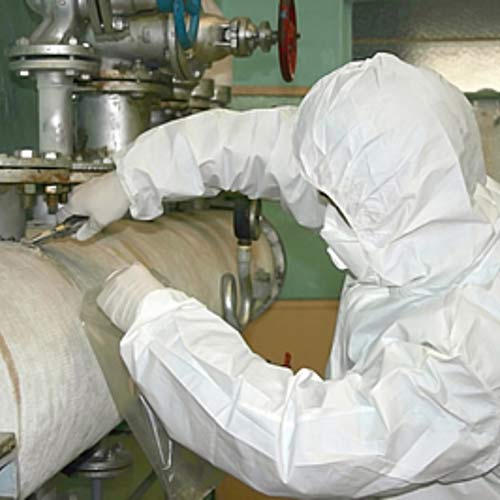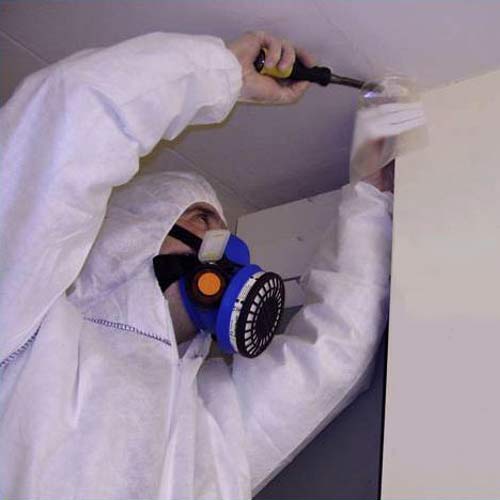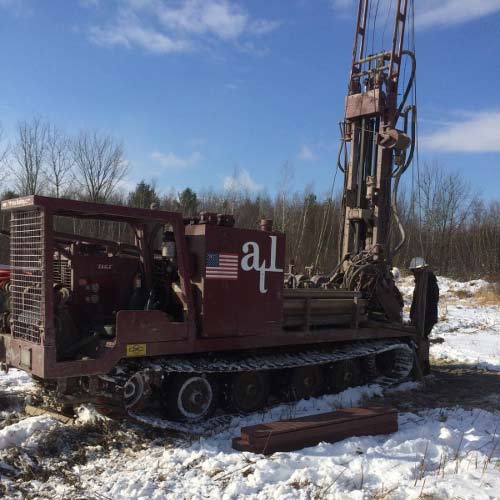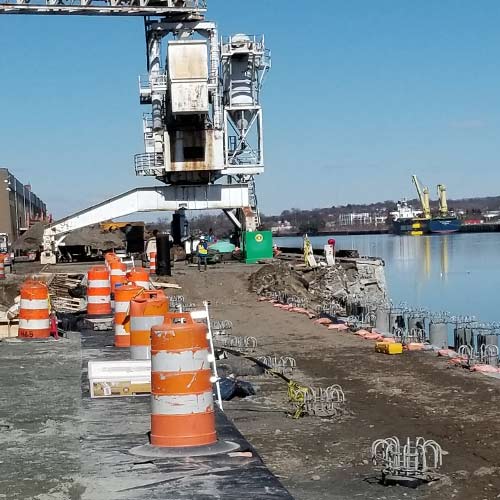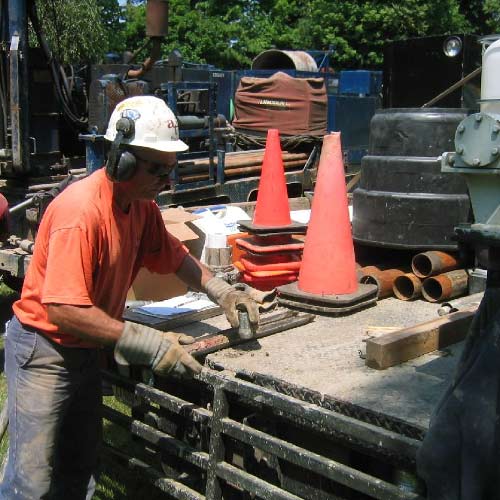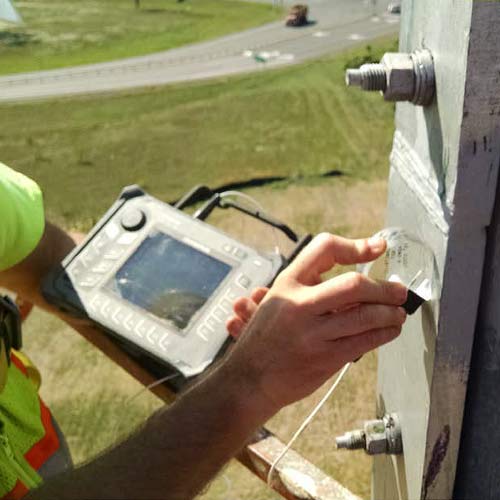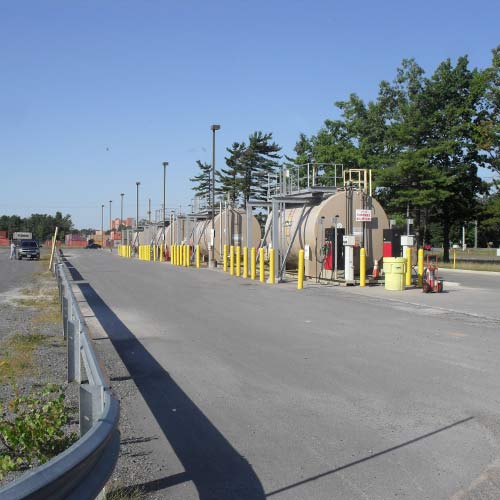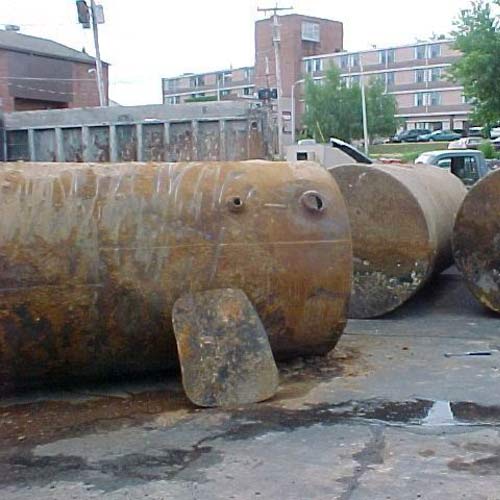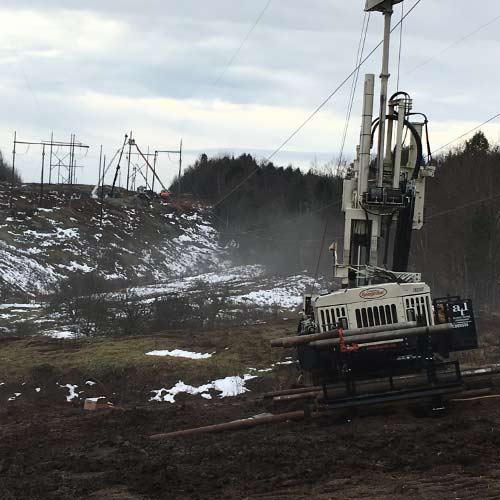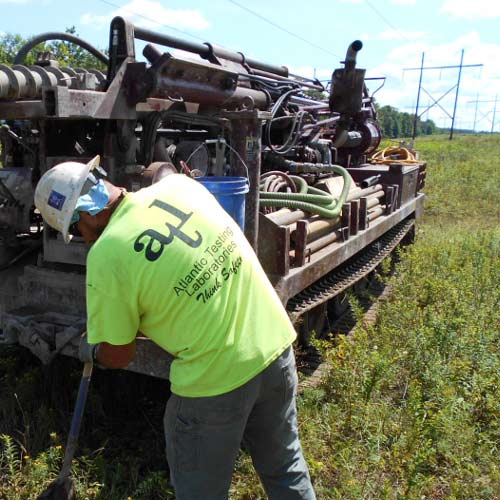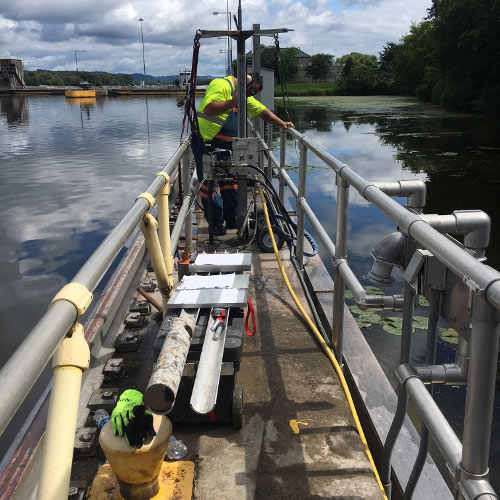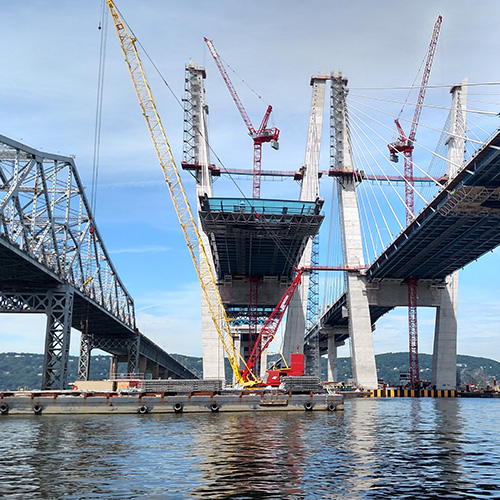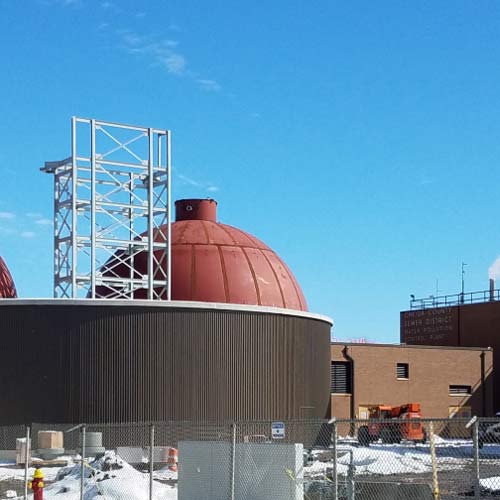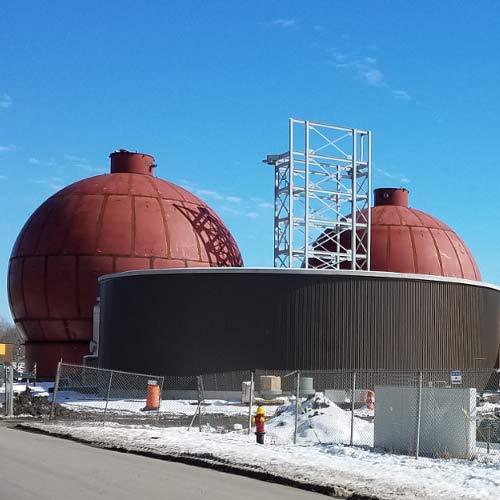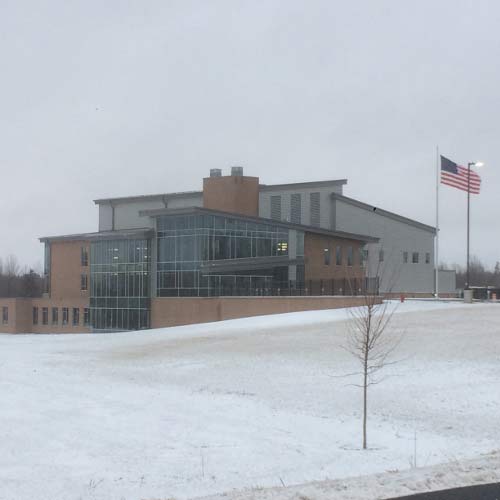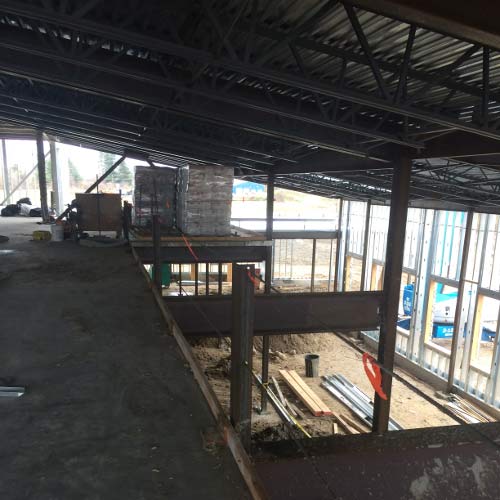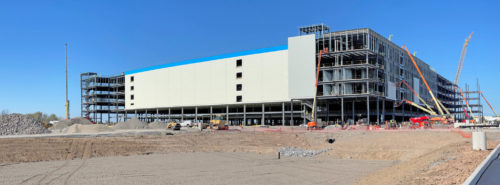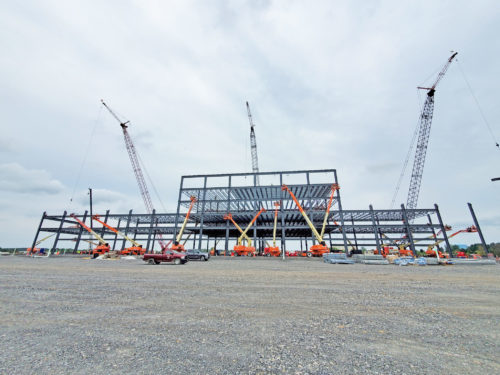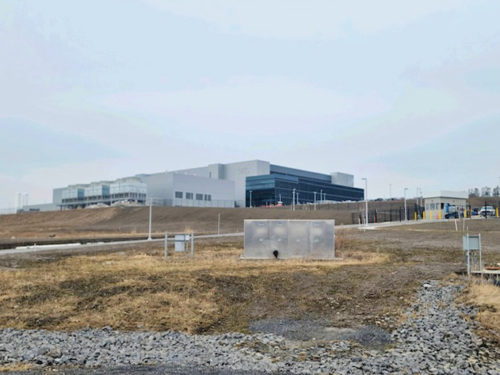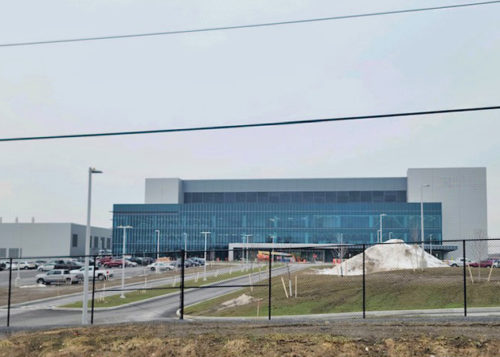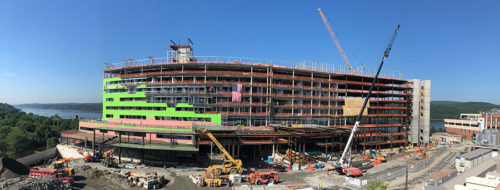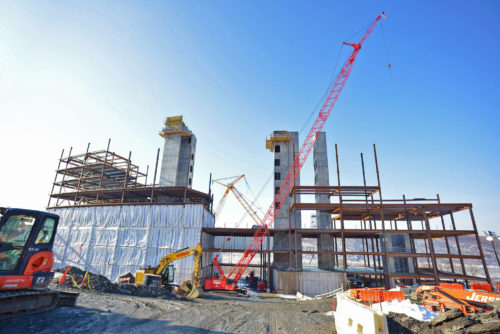Click the following link to view the PDF of this paper: Common Methods for Forensic Evaluation of Concrete Structures

Dr. Christopher R. Kelson, PhD, PG
Senior Geologist
Atlantic Testing Laboratories
Steven N. Moore, PE
Senior Engineer
Atlantic Testing Laboratories
Concrete has been utilized for thousands of years as a building material and is now ubiquitously used in most of society’s infrastructure, including buildings, foundations, dams and levees, parking garages, bridges, water tanks, pipes and culverts, floors, sidewalks, and roads. Despite the longevity of some ancient Roman concrete structures that persist to modern time, concrete may deteriorate at any time and possibly fail due to environmental (external) and/or internal causes. This deterioration may progress unnoticed for a long period of time.
The overall health of a concrete structure or the cause(s) and extent of deterioration may be determined through a forensic evaluation of the concrete utilizing one or a combination of methods. These can either be performed in-situ or on a core sample extracted from the structure. Evaluation methods may include the following:before outward, physical manifestations, such as cracking, spalling, surface pop outs, efflorescence, and corroded, embedded steel reinforcement, become obvious.
Petrographic Examination (ASTM C856): Microscopic examination of concrete can identify deleterious or potentially deleterious components (e.g., strained quartz, sulfide minerals, etc.) within the aggregates; deleterious reactions within the paste (e.g., delayed ettringite formation) or between the aggregates and paste, such as alkali-silica reaction (ASR); and depth of paste carbonation relative to embedded steel reinforcement. Petrographic examination can also identify quality control issues associated with the mix (including unwashed aggregates, high water-cement ratio, and/or air content outside of specified or recommended limits) or improper finishing and/or consolidation of the concrete when it was placed.
Hardened Air-Void Analysis (ASTM C457): A robust air void system within hardened concrete will allow it to withstand freeze/thaw cycles and is therefore crucial for exterior concrete placed in severe climates. Conversely, hardened concrete without an appropriate air void system may ultimately crack or fail. The surface area, specific surface, spacing factor, frequency of air voids, total air content, and paste-air ratio of the concrete all play important roles in helping the concrete resist freeze/thaw damage.
Compressive Strength Test (ASTM C39): Low compressive strength can result from several factors inherent to the concrete mix used or the conditions under which the concrete was placed or cured. These factors may include too much air or water in the mix, use of unwashed or deleterious aggregates, poor consolidation, and/or curing under extreme temperature and/or humidity. A petrographic examination can assist in determining the actual cause(s) of a low compression test result.
Water-Soluble Chloride Test (ASTM C1218): This test method determines the content of water-soluble chloride in new or existing cementitious mixtures. Chloride is a component of salt and some deicers applied to roadways and sidewalks to melt snow and ice. It can initiate or accelerate the corrosion of embedded steel within concrete, causing the concrete to crack. Over time, the concentration of water-soluble chloride and the depth to which it penetrates the concrete increases, reaches the embedded steel, and causes it to corrode and ultimately crack the surrounding concrete.
Ground Penetrating Radar: This procedure utilizes a portable radar unit to determine the location and depth of steel reinforcement embedded in concrete, thickness of concrete members, presence of voids within or beneath a concrete slab, and assessment of the general uniformity of the concrete.
Half-Cell Testing (ASTM 876): This test method is used to determine the probability of active corrosion affecting the embedded steel reinforcement at the time of the test. Corrosion is an electro-chemical process that involves the movement of electrons. During the corrosion process, current flow (electron movement) produces a voltage potential around the corroding reinforcement. This voltage potential can be measured, and the probability of active corrosion can be evaluated. Areas with a high likelihood of corrosion can be identified by mapping out equipotential contour lines on the surface.
Ultrasonic Pulse Velocity (ASTM C597): This test method measures the velocity of a stress wave through concrete. Ultrasonic Pulse Velocity (UPV) can be an effective tool to evaluate the relative condition of concrete when opposing sides of the concrete are accessible, such as an elevated slab, foundation wall (prior to backfilling), or tank walls. UPV can also be used to evaluate the depth of fire-damaged concrete using the principles outlined in ACI 228.2, Report on Nondestructive Test Methods for Evaluation of Concrete in Structures.
Impact Echo Testing (ASTM C1383): Impact echo testing can be used to evaluate the depth of flaws (e.g., voids or delaminations) in a concrete structure. It can also be used to determine the thickness of a concrete member, such as a slab or foundation wall. Impact echo testing can delineate areas of delamination and is applicable in many cases where only one side of the surface is accessible for testing.
ATL, a WBE certified company, offers forensic concrete services that can assist in determining the overall health or the cause(s) and extent of deterioration of a concrete structure. For more information, contact Dr. Christopher Kelson, PhD, PG, at 315-386-4578, info@atlantictesting.com, or visit AtlanticTesting.com.
|
ASSOCIATED SERVICES |
 |

